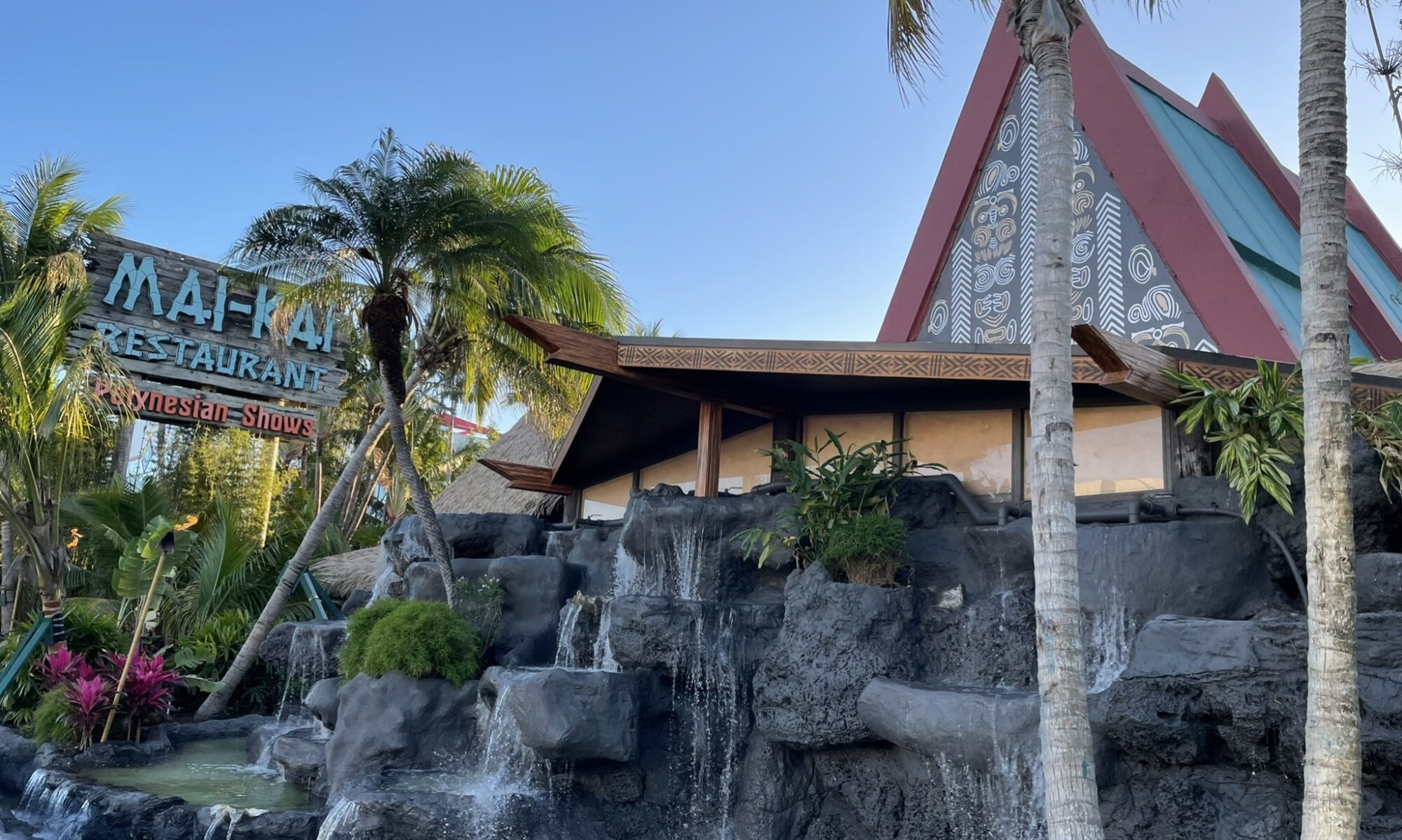Updated August 2024
See below: Our 151 Swizzle review | Ancestor recipe
Tribute recipes
Postscript: Vatos Who Tiki pay tribute, plus 151 Swizzle on Make and Drink UPDATED
Related: Mai-Kai cocktail guide | All 100+ Mai-Kai cocktail recipes
• Demerara rum: The Mai-Kai’s secret weapon
The 16 deadly drinks in the “strong” section are no doubt the stars of The Mai-Kai’s legendary cocktail menu. There’s a reason they comprise 13 of the Top 20 in our rankings. They’re by far the most inventive, mysterious and flavor-packed drinks on the menu.

Just be careful when imbibing. The Mai-Kai doesn’t use the word “strong” lightly. Some contain 3 ounces of rum (or more), others a healthy dose of overproof. Among these, there are “strong” drinks and then there are “STRONG!” drinks. In the latter category, one of the first cocktails that comes to mind is the classic 151 Swizzle.
Like many Mai-Kai drinks, this deliciously dangerous concoction dates back to Tiki originator Donn Beach (better known as Don the Beachcomber) and has been on the Fort Lauderdale restaurant’s cocktail menu since its opening in 1956. It has become an iconic standard at some of the world’s top Tiki bars, from the 60-year-old Tiki-Ti in Los Angeles to more recent additions such as False Idol in San Diego. At Hale Pele in Portland, The Mai-Kai gets a shout-out in the menu description, and the presentation is very familiar. It’s likely they’re using a variation of one of our seven tribute recipes below.
Martin Cate, one of the world’s top rum and Tiki cocktail authorities, considers the 151 Swizzle his favorite drink on The Mai-Kai’s menu. [See interview] “When it’s made perfectly, it’s a wonderful drink,” he said. “That to me is my mothership.” At his acclaimed Smuggler’s Cove in San Francisco, he serves a souped up version called the 2070 Swizzle, which he calls “my giant killer.” [See recipe]

Revealed in Jeff “Beachbum” Berry’s groundbreaking 1998 cocktail guide, Grog Log, the original Don the Beachcomber recipe is fairly simple (see below). As the cocktail sleuth pointed out in the book, it was originally served in a metal cup with a flared top, “but good luck finding one.” The Mai-Kai, of course, follows tradition and has always served its 151 Swizzle in a chilled metal cup.
Finding the correct cup outside of the handful of bars mentioned above, however, has traditionally been difficult. You could typically find a Mint Julep cup or other close approximation on eBay, but they fall short of the sleek, flared design of the original. Berry took matters into his own hands in May 2015, when he released a new line of Tiki barware via Cocktail Kingdom including a Swizzle Cup.
• Check out our story on the barware

Beyond the cup, The Mai-Kai’s version of the 151 Swizzle is unlike any other. Like many Mai-Kai drinks, it’s based on the Don the Beachcomber version but was given a unique twist by original owner Bob Thornton and mixologist Mariano Licudine, who learned his craft from Donn Beach. We’ve taken a stab at re-creating the same flavor profile and have posted an ever-evolving list of “tribute recipes” below. Like Thornton, his stepson Dave Levy also tinkered with the recipe from time to time when he was in charge over the past 30 years, especially when changes were made to the rums.
The recipe grew out of discussion on The Grogalizer, a site highly recommend if you’re a fan of classic Tiki cocktails. Developed by Tim “Swanky” Glazner, author of the upcoming book Searching for Don the Beachcomber, The Grogalizer is a database of hundreds of recipes from all of Beachbum Berry’s books, plus a few select others. The site allows you to rate the drinks, see how other mixologists rank them and share comments on each.
Sign up (it’s easy) and keep track of your progress through all the great recipes in these books. It’s also a seamless way to keep track of all the various bar ingredients you’ll need to re-create these classics, which include many in this guide. After compiling your online bar, you can figure out which drinks you can make with which ingredients, as well as resources for buying hard-to-find stuff. In September 2016, Glazner released his long-awaited book, Mai-Kai: History and Mystery of the Iconic Tiki Restaurant, an essential addition to any Mai-Kai fan’s collection.

The evolution of the tribute recipe has gone through several stages, as you’ll see below. The first big breakthrough came in March 2012, when I discovered Kohala Bay, a rare dark Jamaican rum that was a key ingredient in many of The Mai-Kai’s strong cocktails. In addition, a search of eBay yielded a set of metal cups that were similar to the real deal. With the cup and rum in my arsenal, I were able to come up a much more accurate tribute recipe.
But just when I thought I had it down pat, The Mai-Kai dropped a bombshell in late April 2012 with the reintroduction of Lemon Hart 151 Demerara rum, which had been absent from its bars for some 15 years. This only made a great drink even better and returned it to its vintage recipe. This resulted in tribute recipes No. 2 and No. 3. The fourth variation of the recipe, created in early 2015 when Lemon Hart was replaced by Hamilton 151 rum from Guyana, is more complex and full of outstanding flavors.
Continue reading “Mai-Kai cocktail review: Robust flavors and potency are hallmark of 151 Swizzle”

















